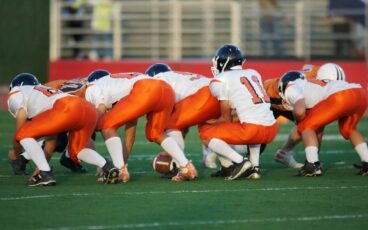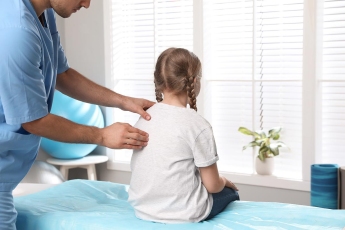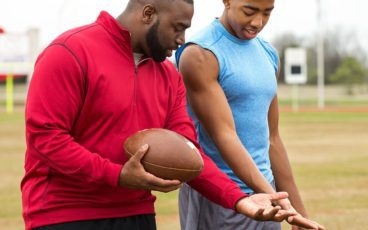Legg-Calve-Perthes Disease
Legg-Calve-Perthes Disease, or Perthes disease, is a hip disorder that affects kids, usually between the ages of 4 and 10. More common in boys than girls, the condition also typically involves one hip, but it can occur on both sides for some children. At this time, researchers have yet to figure out what causes the disease.
Signs and Symptoms of Legg-Calve-Perthes Disease
Symptoms may come and go over a period of weeks or months depending on your child's activity level.
- Change in the way your child walks and runs
- Limping without pain
- Limited motion
- Feeling stiffness and pain in your hip, thigh, groin, or knee
- Having legs of unequal length
- Wasting away of thigh muscles
- Pain that worsens with activity and is relieved with rest
- Muscle spasms caused by irritation around the hip
Making a Diagnosis
Your pediatric orthopedic doctor will complete a thorough physical exam and review your child’s symptoms to make an initial diagnosis that is confirmed by imaging results (X-rays and MRIs).
Treatment Options
Treatment aims to relieve pain, restore normal hip movement and protect the shape of the femoral head. If you do not seek treatment, the femoral head can become deformed which can lead to further hip problems later in life. There are many treatment options that your doctor will consider based on age, degree of damage and thee stage of the disease.
Nonsurgical Treatments
- Observation
- Anti-inflammatory medications
- Limit activity
- Physical therapy
- Casting and bracing
The goal of treatment for Perthes disease is to keep the femoral head snug in the socket portion of the joint. If nonsurgical treatments don’t work, your child may need surgery.
Surgical Treatment
If nonsurgical treatments don’t work, your child may have to undergo surgery to re-establish the proper alignment of the hip bones and to keep the head of the femur in place. The most common procedure is an osteotomy which involves cutting the bone and repositioning the femoral head. In some cases the head of the femur may enlarge causing the socket to be made deeper. After the procedure, the alignment is kept in place with screws and plates that will be removed after healing.




